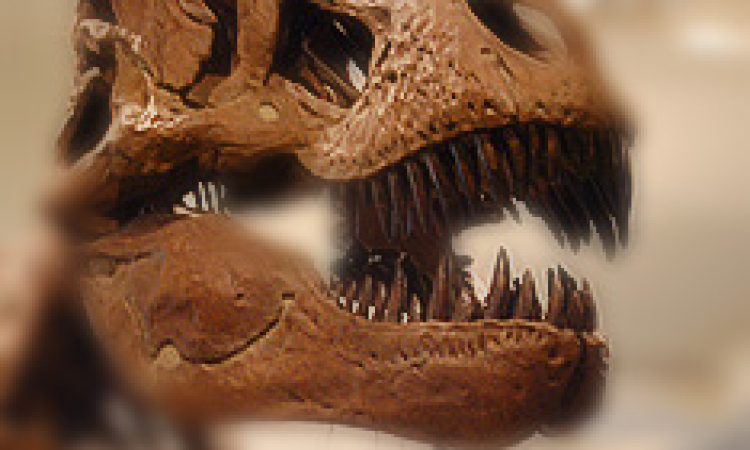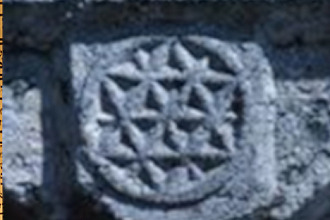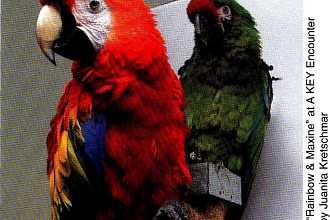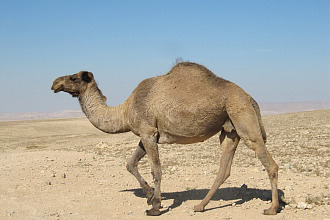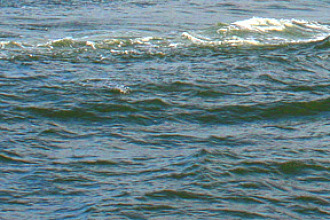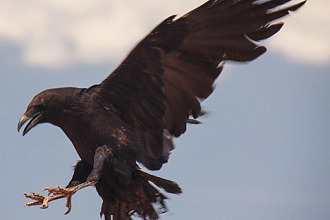Did dinosaurs and men live upon the ancient earth together? Creationists answer this question affirmatively, based upon the clear testimony of the Scriptures—and no solid evidence to the contrary. The disciples of Darwin argue negatively, contending that dinosaurs faded from the “geologic column” some sixty-five million years before humankind evolved from a lower form of life.
Unfortunately, many within the world community of “believers” have been heavily influenced by the evolutionary ideology of Charles Darwin (1809-82). Hence while attempting to preserve some level of regard for the Bible, they deny that humans and dinosaurs co-inhabited the early earth. They have “solved” the problem, at least to their own satisfaction, by manipulating the text of Genesis so as to force it into the mold of evolutionary chronology; hence they would separate man and the “terrible lizards” by millions of years.
The methodology involved in this interpretative wizardry either is to: (a) contend that the dinosaurs lived in a “gap period” that mysteriously lies between Genesis 1:1 and 1:2; or else (b) repudiate a literal view of the creation “days,” as set forth in the Mosaic literature. To contend that either of these theories is correct is to fling literal language and basic logic to the wind. For those who take the Scriptures seriously, the following points must be taken into consideration.
Facts to Consider
(1) The so-called “geologic column” exists only on paper, not in fact. It has been assembled artificially on the subjective assumption that the more complex creatures have evolved from the simpler. Evolutionists admit that what they call the “knowledge of evolution” is the basis for identifying and correlating the “lithic [in rock] records of ancient times” (von Engeln and Caster 1952, 417). The “theory” is father to the “chronological calendar.”
(2) Hebrew grammar does not allow for a “gap” between Genesis 1:1 and 1:2. The connective word that begins verse two (waw) is a disjunctive term that introduces a circumstantial clause; it is best rendered as: “Now the earth . . .” (NIV). The Greek version reads: “In the beginning God made the heaven and the earth. But the earth . . .” There is no room for billions of years in the grammatical construction.
(3) There is no exegetical license to stretch the term “day” in Genesis 1 into billions of years. While the word “day” is employed figuratively occasionally, there is absolutely no justification for that rendition in Genesis 1. In fact, “days” clearly are distinguished from “years” in this chapter (v. 14). The honest expositor must have a compelling contextual reason for converting literal language into a symbolic interpretation. Such does not exist in Genesis 1.
(4) In Exodus 20:9-11, Moses (who also penned Genesis 1) indicated that the days of the creation week were the same sort of days as the Sabbath “day,” i.e., literal days—not symbolic days of millions of years. When a Bible writer provides his own definition of the creation-week “days,” it is the epitome of arrogance to substitute a different sense for the author’s.
(5) Y’shua himself, who was the agent of creation (John 1:1-3, 14), declared that humanity extended all the way back to “the beginning of the creation” (Mark 10:6), which leaves no room for a sixty-five million year gap between the end of the dinosaur era and the commencement of the human regime.
(6) The claim is made that there is no mention of dinosaurs in Genesis 1; hence they must have roamed the earth long before man. The same argument could be made with reference to dogs, horses, and elephants. These creatures are not specifically named in this chapter. But the general categories under which various creatures fall are specified. For example, there were “great sea monsters” (v. 21), as well as “living creatures,” “cattle,” “creeping things,” and “beasts of the earth” after their kinds (vv. 24-25). Hebrew scholars point out that the original terms are “capable of quite wide interpretation” (Stigers 1976, 61).
Conclusion
There is no reason to reject the biblical proposition that all of the earth’s basic life “kinds” were created within the same literal week (Genesis 1:11-27; cf. 31; Exodus 20:9-11). There are many reasons (both from science and Scripture) to reject the opposite evolutionary scenario, the transparent design of which is to negate the testimony of the Bible, and liberate the “creature” from his moral and religious responsibility to the “Creator.”
Originally from here
Picture from here
Posted on Shalom Adventure by: Brenda Miller

